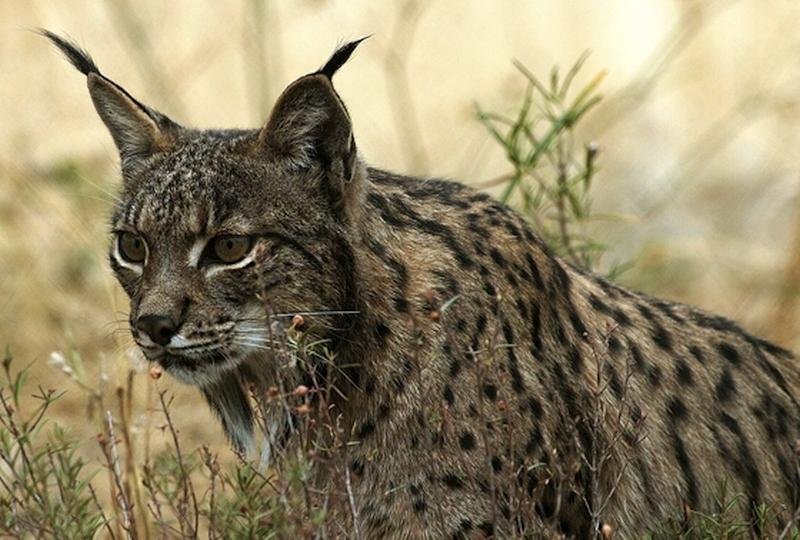Genetta genetta is a small carnivorous mammal known as the common genet and Gineta in Spanish. It is native to Africa, and has been introduced to parts of Europe. It is a member of the Viverridae family, which also includes civets and meerkats. They have a slender body, short legs, and a long tail, and are usually gray or brown in color with black spots or stripes. They are primarily active at night and feed on small animals such as rodents and insects.
I’ve been living in this lovely area of Western Andalucia for the last 20 years or so and dedicate most of my time to the running of English language tourist information websites for the towns of Cádiz, Ronda, Grazalema, the famous or infamous Caminito del Rey, and also Wildside Holidays, which promotes sustainable and eco-friendly businesses running wildlife and walking holidays in Spain. My articles contain affiliate links that will help you reserve a hotel, bus, train or activity in the area. You don’t pay more, but by using them you do support this website. Thankyou!



